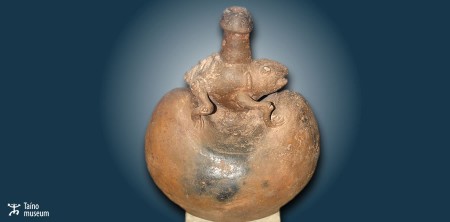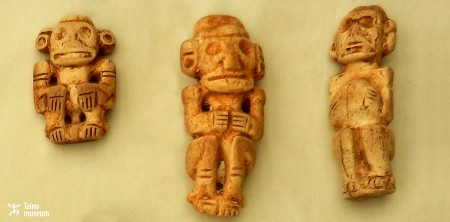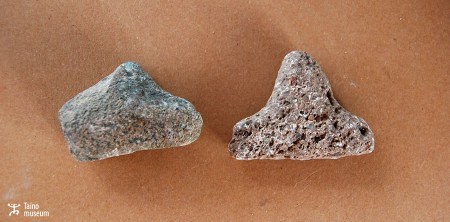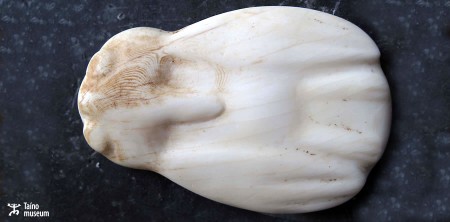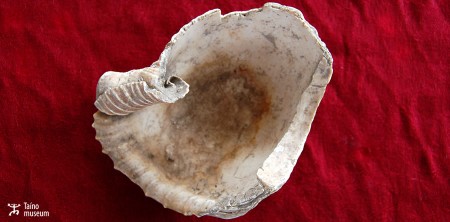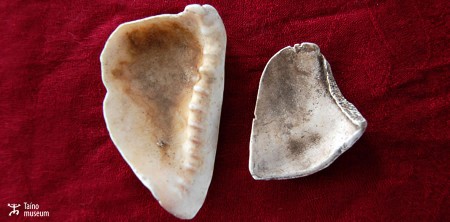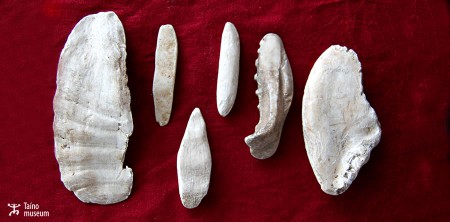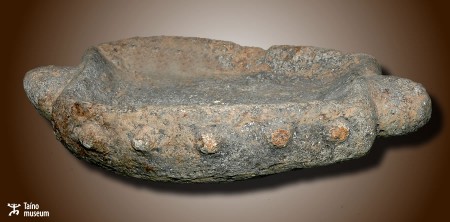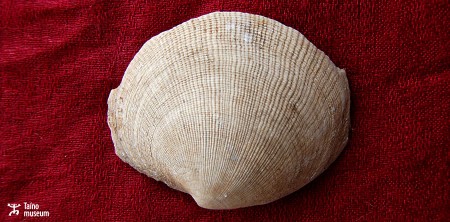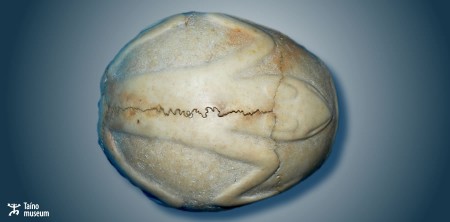A frog effigy vessel from Taino culture. This culture had its origins in Northern south America. In the impoverished fauna of the Antilles, lacking the large and impressive reptilian predators of the Amazonian and Orinoco floodplains, like the anaconda and the black cayman, the small and humble frog comes to occupy an important iconographic place…
Read more
Effigy vessel
